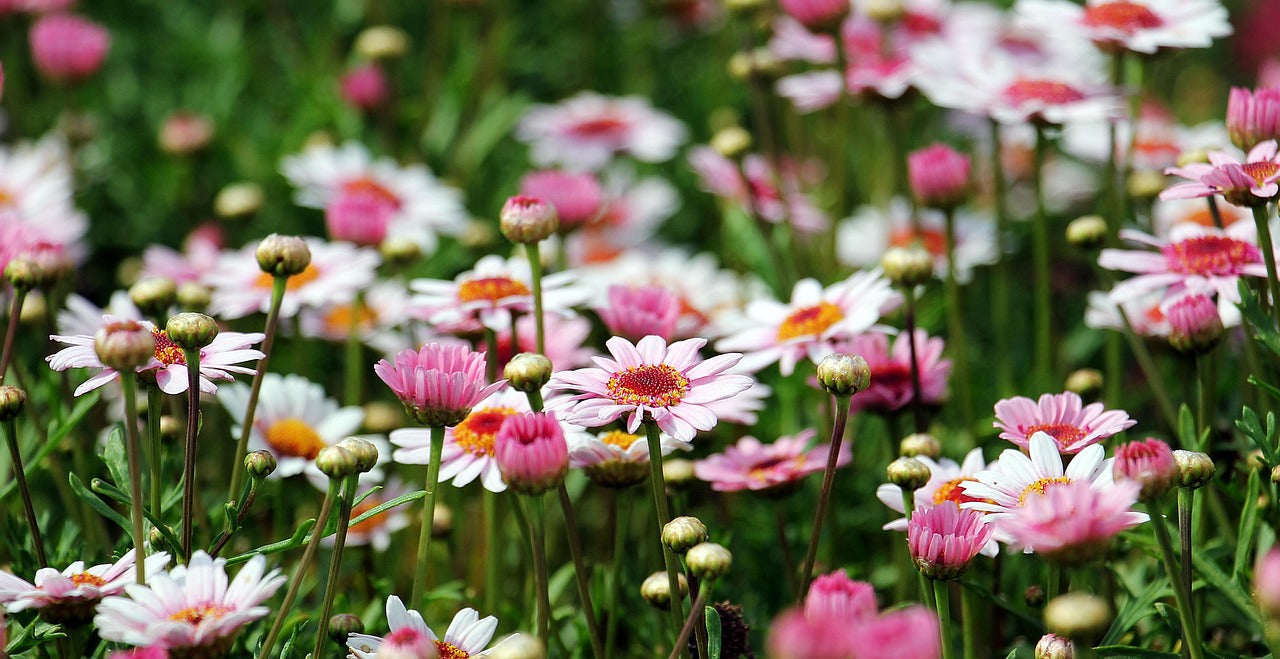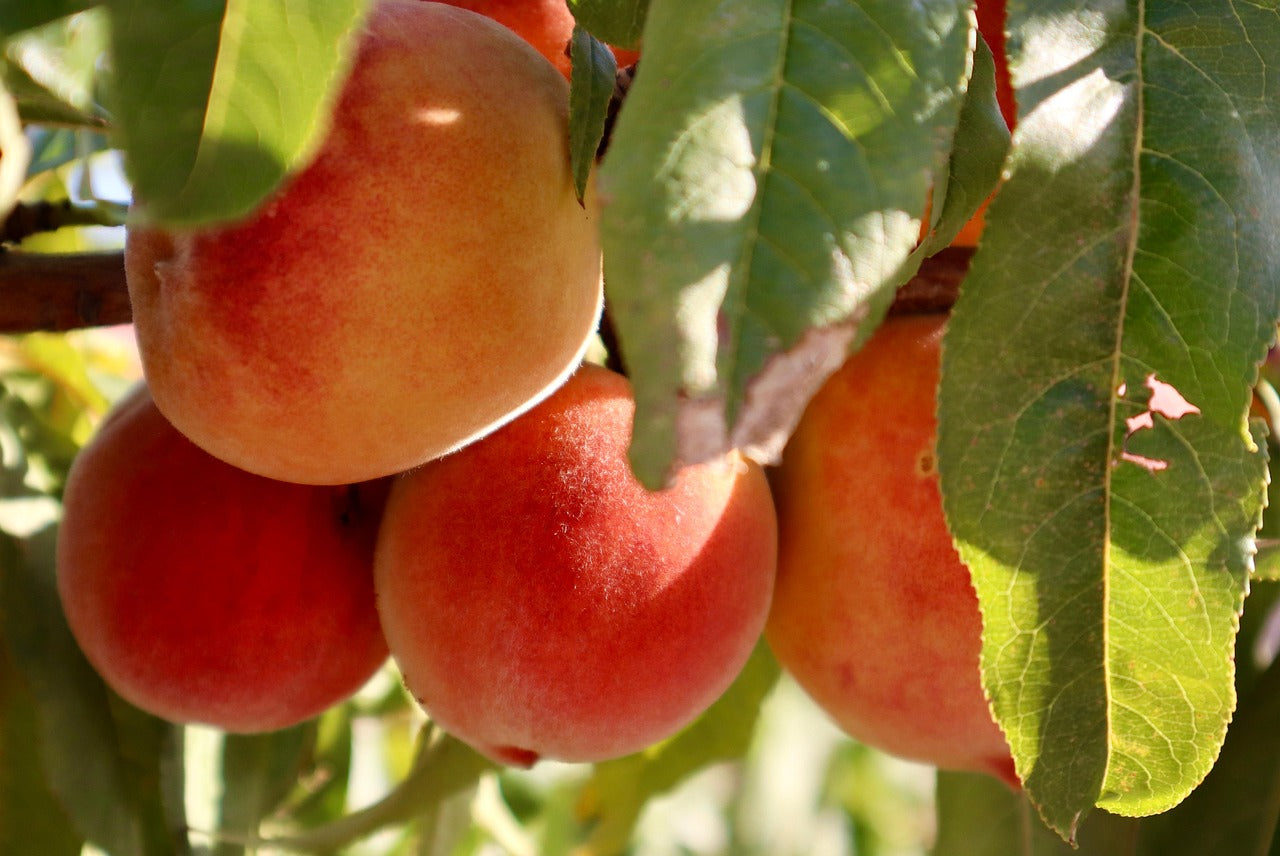Grow blueberries in your own backyard! Blueberries are popular in home gardens because they can grow in a small space as well as in pots. Attractive for their foliage, flowers and autumn colour, blueberries make an ideal hedge or a stand-alone garden specimen. Blueberries are the queen of the berry fruit as they have no thorns, are non- invasive, have no need for support or spraying. They are easy to pick and last well.
Not only do they look good in the garden, the health benefits of blueberries are well documented. Regarded as a super food, these sweet little berries pack a nutritional punch and are the ultimate fast food snack. High in antioxidants and anti-inflammatory properties which is enhanced the longer the fruit is left on the bush. They also contain reasonable levels of vitamin C, A, E & several B, are a good source of dietary fibre, plus are low in calories. Studies have showed this berry is also anti-aging, and can help lower blood pressure and cholesterol.
Blueberries are cold hardy and require chilling hours to set fruit and leaves, and can be grown in all regions of New Zealand. Plant in full sun, though they can handle some afternoon shade.
Blueberries are easy to grow in well prepared sites, require little care. In selecting a site, it is essential that adequate water is available for irrigation during the growing season. Irrigation is vital for the full development of berries which swell rapidly in the last two weeks of ripening. A lack of water results in undersized, dark berries and a poor crop. Water is most economically applied by trickle irrigation. A trickle line on both sides of the plant may be needed to ensure uniform wetting of the root zone, but avoid over-watering. Young plants are sensitive to drought stress. Remove most of the flowers in the first year to allow the plant to establish its roots and foliage to sustain its future crops. If planting in a container attention to watering and feed is very important as there is limited area for the roots to source these. For a hedge space plants 0.6 to 1m apart.
Soil
Blueberries like acid soils as they have a shallow fibrous root system and thrive on moist, free draining acid soils with a high proportion of organic matter. Well drained peat soils are ideal, but mineral soils such as sandy or silt loams are also suitable, provided peat moss is added during planting and on a regular basis afterwards. Heavy clay soils which crack in summer and become waterlogged in winter are generally not suitable for blueberries unless heavily amended with organic matter and sand and gypsum. A raised bed will help with drainage. Mulch blueberries with a 15-20cm mulch of bark, acid compost, or sawdust over the roots to conserve moisture, prevent weeds and over time increase the soil organic matter.
Fertiliser
Blueberries require only light applications of NPK in the first three or four years. Continual addition of compost and mulch will generally supply their needs. Slow-release complete nutrient fertilisers can be used at the beginning of the growing season.
Pruning
Flower buds are formed on the outer parts of the current season’s growth in late summer as the stems mature. Fruit is borne on last season’s wood, and vigorous wood bears the largest fruit. Minimum pruning consists of removal of dead or diseased wood, weak growth, and old twiggy branches. After 4-5 years the oldest branches may need cutting back to the crown to encourage vigorous new growth. Pruning to shape may be done at any time but if heavy pruning it is best done in winter dormancy.
Pests
Blueberry plants are naturally resistant to many common pests and diseases. Phytophthora root rot is the most serious disease and can be a problem on waterlogged soils; ensure you plant in ground with good drainage. Birds can cause serious damage to fruit, so netting is advised.
Expected Yield
Blueberries fruit between December and April. Expect 200gm in the first-year growth doubling each year until fully grown, producing up to 8-10kg of delicious fruit. Cross pollination improves yield.
How to Eat
The fruit can be eaten fresh or mixed with other fruits to make a delicious fruit salad, cooked desserts, muffins, cakes, ice-cream, sauce, yogurt, preserves and chutney. Freeze your excess harvest to use in delicious smoothies year-round. Click here to see our collection of blueberry recipes.
Commonly asked questions:
What type of fertiliser is recommended for blueberry plants?
Blueberries like a balanced fertiliser, so look for a fertiliser that has an even NPK rating*.
*NPK stands for Nitrogen, Phosphorous and Potassium. The higher the number, the more concentrated the nutrient is in the fertiliser. For example, numbers on fertiliser listed as 20-5-5 has four times more nitrogen in it than phosphorus and potassium.
Alternatively use an organic liquid fertiliser like seaweed, fish fertiliser or compost tea on a regular basis.
Do I need to grow blueberries need an acidic soil?
Blueberries grow quite happily in a pot if it is big enough and a good quality mix is being used, we recommend Tui Pot Power. If planting in the garden, use lots of good organic matter when planting and add a mulch.
 Can I grow blueberries in a pot?
Can I grow blueberries in a pot?
Yes, you can grow blueberries in pots, infact they grow very well, just make sure the pot is big enough to house the size of the plant. A good rule of thumb is a 3L pot bought from Palmers should be transferred in to a pot size 50cm diameter or more with a good quality mix such as Tui Pot Power.
How do I prune my blueberry plant after fruiting has finished?
Fruit is formed on the last seasons growth, so pruning is only necessary to remove dead or diseased wood, any weak growth and any twiggy branches after fruiting. After 4-5 years some of the oldest branches may need cutting back to encourage vigorous new growth which is where the largest fruit will be formed.
Do I need to grow blueberries in multiples to pollinate the fruit and when will they fruit?
Blueberries are mostly self-pollinating (meaning they contain both male and female parts, allowing them to reproduce without pollen from another plant) but if you plant two different varieties they tend to cross-pollinate resulting in a bigger crop of fruit. Popular varieties like Tasty Blue, Blue Magic and Blue Dawn fruit from December through to February.






















